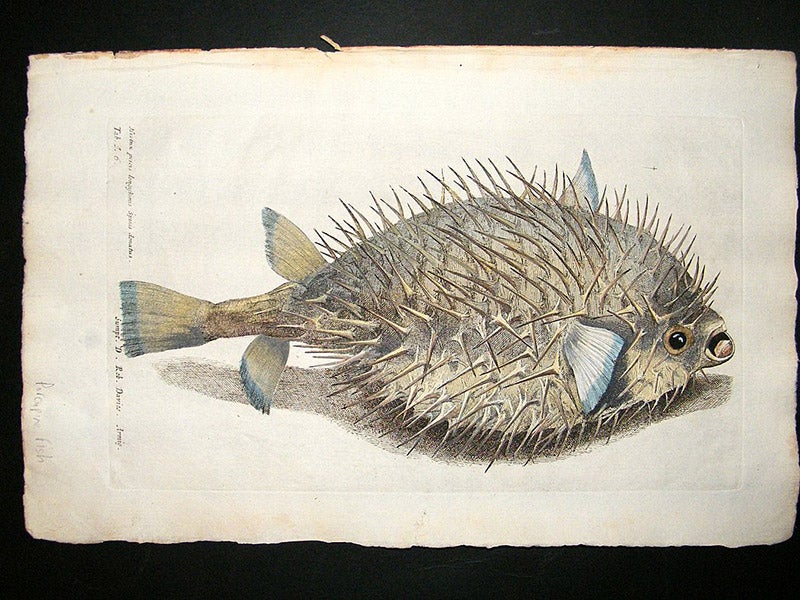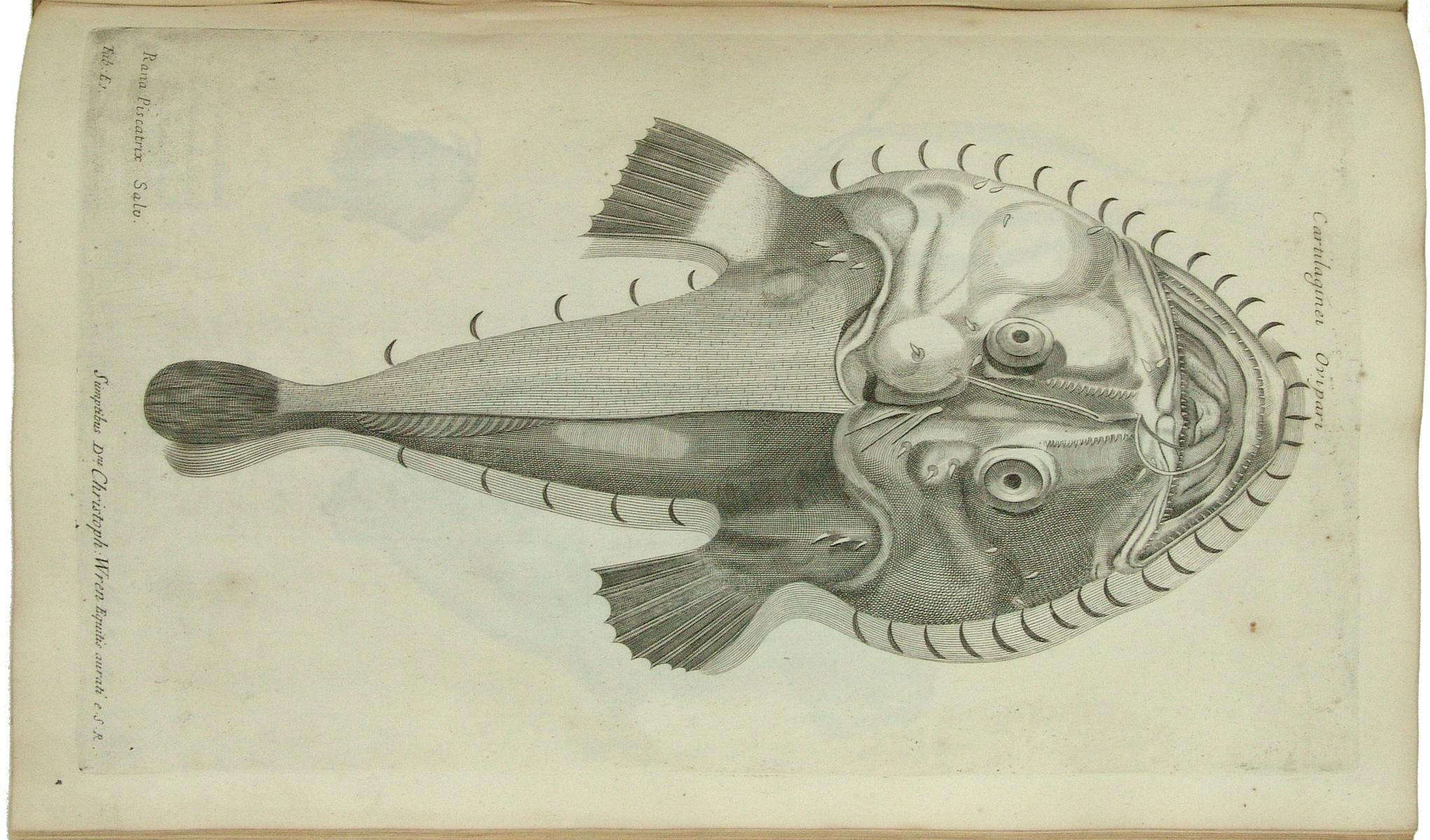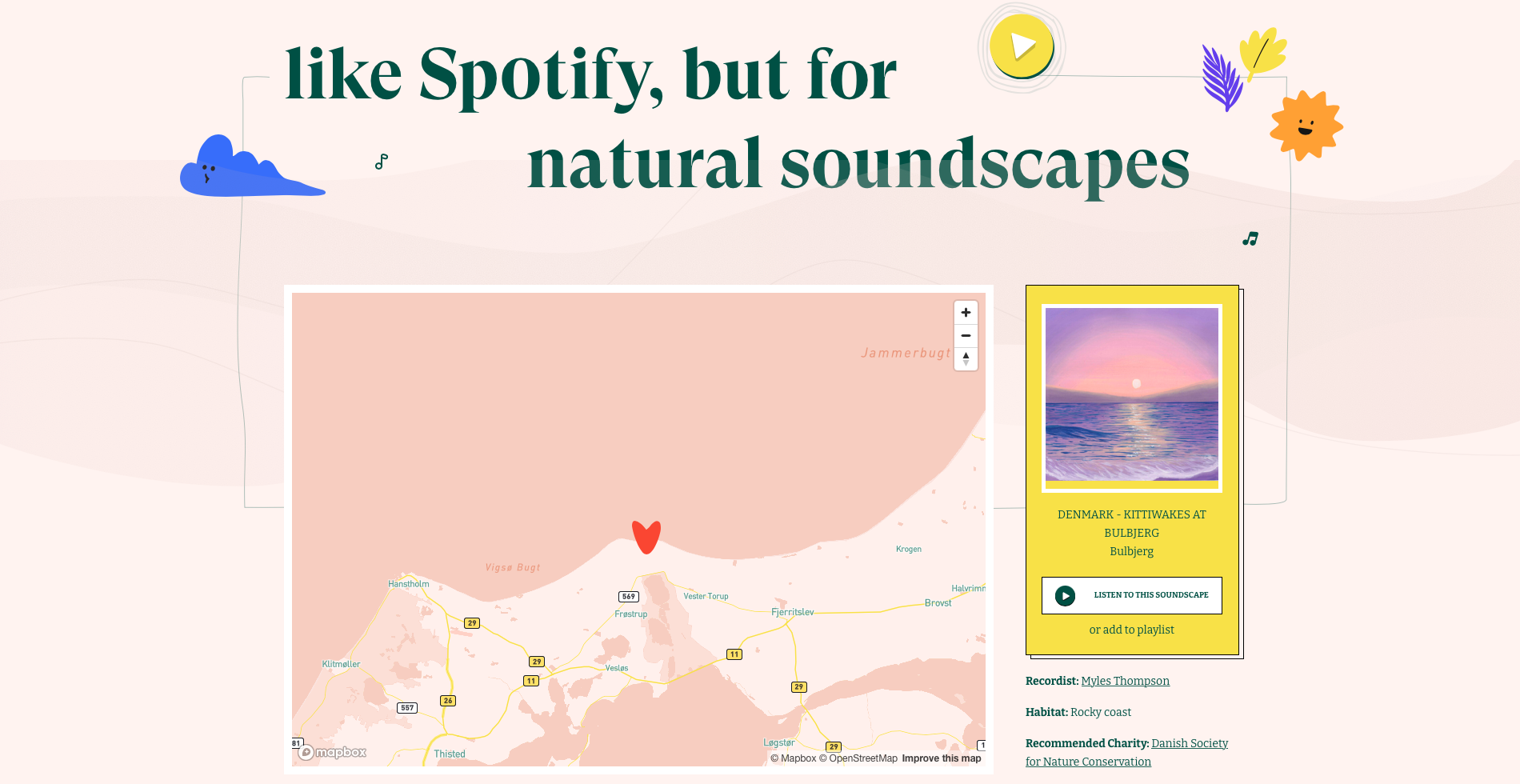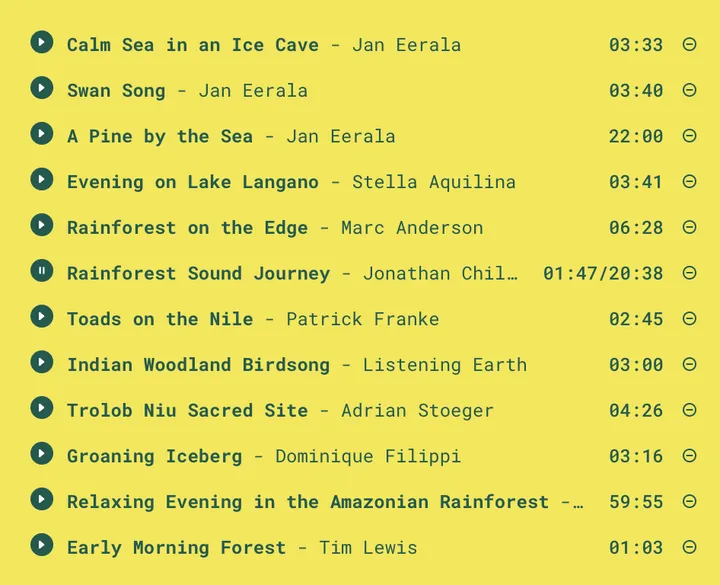The world has heard much about the aging and shrinking of Japanese society, a process that has created ghost towns like those we’ve previously featured here on Open Culture. But however seriously Japan’s population may be contracting, its love of cats abides undiminished. Hence the replacement of people by felines — effectively, anyway — on the island of Aoshima, visited in the CBS Sunday Morning segment above. “Here, cats outnumber humans more than ten to one,” says correspondent Seth Doane. Its “tiny fishing village once had a population of 800 people, but the sardine fisheries depleted, jobs moved to cities, and human residents left the island.”
Such is the way, it seems, of any post-industrial society — but as always, Japan has ways of setting itself apart. On Aoshima, Doane says, “the big moment of the day is when the tourist boat shows up. It’s 45 minutes of bliss for all involved,” including the cat-lovers bearing treats as well as all the peckish animals awaiting them at the dock. But Aoshima is only one of ten such “cat islands” around Japan. The much larger (but still small) Tashirojima boasts not just over 100 resident cats, but also Neko-jinja (猫神社), literally “Cat Shrine,” one of a host of such feline-dedicated religious sites in the island’s Miyagi Prefecture.
Whether Japan’s attitude toward cats amounts to worship remains a matter of debate. But the fact remains that cats have proven to be the salvation of more places in Japan than a few of its islands: take Tama (literally “ball,” but the Japanese equivalent of “Kitty”), a calico whose assumption of the position of “station master” brought a train stop in Wakayama Prefecture back from the brink of closure. In the old days, Japanese cats did the dirty work of killing rodents that would otherwise infest fishing boats and destroy silkworm farms; today, their ancestors drum up tourism. The Japanese may love cats with an enthusiasm unknown in the rest of the world, but clearly they still expect them to earn their keep.
Related content:
Cats in Japanese Woodblock Prints: How Japan’s Favorite Animals Came to Star in Its Popular Art
Insanely Cute Cat Commercials from Studio Ghibli, Hayao Miyazaki’s Legendary Animation Shop
Japanese Researcher Sleeps in the Same Location as Her Cat for 24 Consecutive Nights!
In 1183, a Chinese Poet Describes Being Domesticated by His Own Cats
Based in Seoul, Colin Marshall writes and broadcasts on cities, language, and culture. His projects include the Substack newsletter Books on Cities, the book The Stateless City: a Walk through 21st-Century Los Angeles and the video series The City in Cinema. Follow him on Twitter at @colinmarshall or on Facebook.






